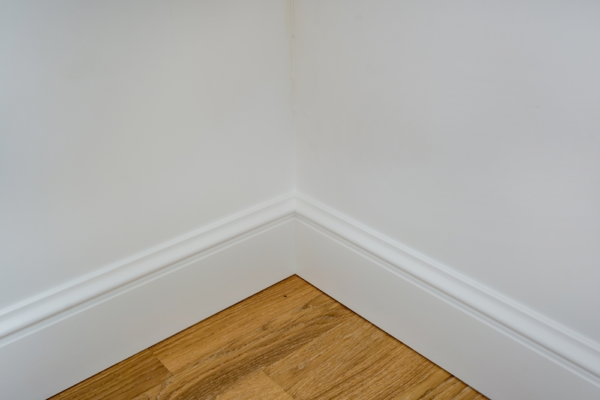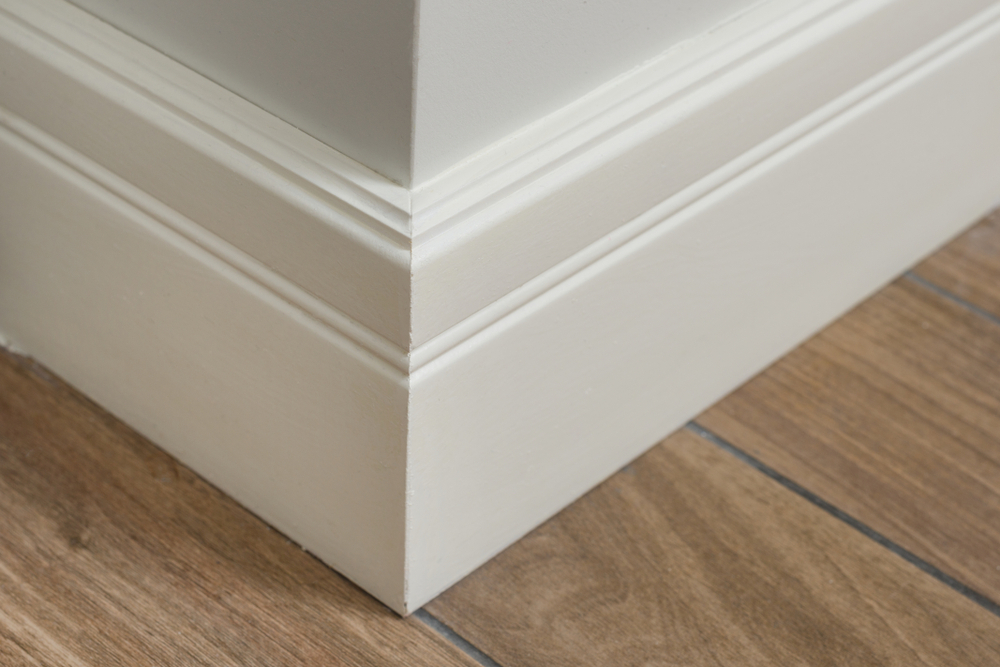What is Floor Coving?
Floor coving creates a seamless transition between the floor and the wall. It involves installing a curved, molded strip, typically made of epoxy or resin, along the junction where the floor meets the wall. This design eliminates sharp angles, making cleaning and maintenance more efficient.

Why is Floor Coving Important?
- Hygiene and Cleanliness: In industries where cleanliness is paramount, such as food processing, healthcare, and pharmaceuticals, floor coving is used to prevent the accumulation of dirt, debris, and bacteria. The seamless nature of coved floors leaves no room for contaminants to hide, making them ideal for environments adhering to strict hygiene standards.
- Durability and Protection: Floor covering also protects the integrity of the wall and floor junction. In settings with heavy machinery or high foot traffic, coving helps prevent water seepage and structural damage. This added layer of protection extends the life of the flooring.
- Aesthetic Appeal: Beyond functionality, floor coving contributes to the overall aesthetic of a space. It provides a finished look, enhancing the professional appearance of commercial and industrial environments.
- Safety Compliance: In many industries, floor covering is used to meet specific safety and regulatory requirements. It’s particularly crucial in sectors governed by health and safety standards, where floor coving is used to ensure a safe and compliant workspace.
Floor Coving and Resinous Floor Coatings
Floor covering plays a unique role when it comes to resinous floor coatings like epoxy or polyurethane, including concrete coatings. These coatings are known for creating seamless, durable surfaces.
Integrating coving with these coatings involves a precise installation process where the cove base is laid first, followed by the application of the resinous material. This method ensures a continuous, gap-free surface that is both functional and visually appealing
Floor Coving in ServSafe Environments
In ServSafe environments, which focus on food safety training and certification, floor coving is used to uphold the highest standards of hygiene. It’s an essential feature in commercial kitchens and food processing areas, where cleanliness is directly linked to public health and safety.
FAQs
What materials are commonly used for floor coving?
Floor coving is typically made from epoxy, resin, or similar durable materials that can form a seamless bond with the floor.
How does floor coving contribute to hygiene?
By eliminating corners and gaps where dirt and bacteria can accumulate, floor coving makes it easier to clean and sanitize floors, especially in environments like kitchens and healthcare facilities.
Is floor coving necessary in all commercial and industrial environments?
While not mandatory in all settings, floor covering is highly recommended in areas where cleanliness, safety, and hygiene are priorities.
Can floor coving be customized to match the aesthetics of a space?
Yes, floor coving comes in various colors and finishes to complement the design and aesthetic of any space.
How long does floor coving last?
When installed correctly and maintained, floor coving can last as long as the flooring itself, often several years or more.
Does floor coving require special maintenance?
Floor coving typically requires the same level of maintenance as the rest of the floor, which usually involves regular cleaning and occasional inspections for any signs of wear or damage.
Conclusion
Floor coving is more than just a finishing touch; it’s a crucial element in the design and functionality of commercial and industrial floors. Whether it’s for hygiene, durability, aesthetics, or compliance reasons, understanding the role of floor coving can significantly impact the effectiveness of a flooring solution.
As industries continue to evolve and standards become more stringent, the importance of floor coving in creating safe, clean, and efficient workspaces cannot be overstated.

